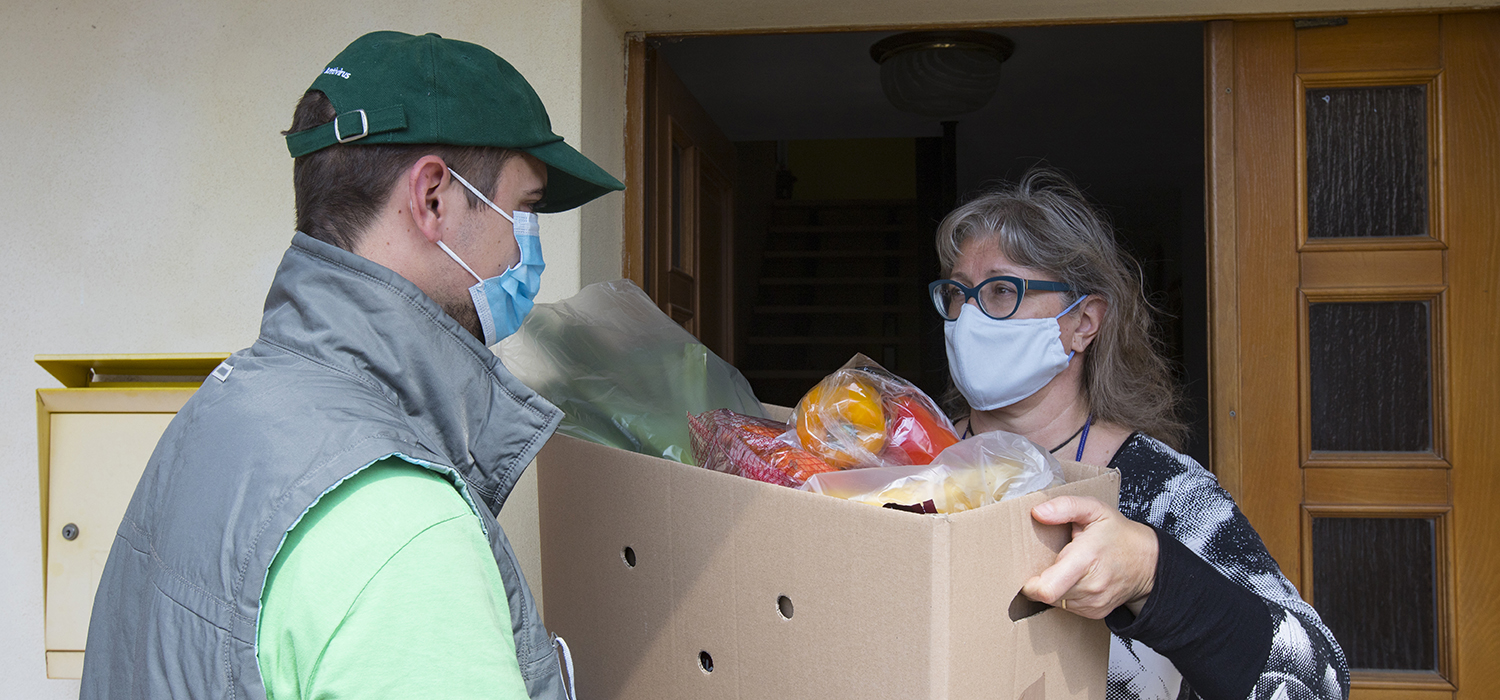
<p>kmatija/Getty Images</p>
Even as state governments issued shelter-in-place orders, millions of Americans needed to leave their houses, putting themselves at risk of COVID-19, to purchase groceries using their Supplemental Nutrition Assistance Program (SNAP) benefits because program rules mean most people can’t use their benefits online. Fourteen percent of SNAP users are older than 65, and 42 percent are people of color, groups already experiencing disproportionate effects of COVID-19. The absence of an online option to use SNAP benefits puts these communities at even greater risk. Although 37 states have adopted a pilot allowing people to use their SNAP benefits online during the COVID 19 pandemic, 13 states still lack this option, highlighting the need for SNAP to move more quickly to adopt payment and delivery methods available to other consumers.
For 39.2 million Americans, SNAP provides a modest benefit that can be spent on healthy foods at stores and farmers’ markets. SNAP benefits are loaded onto Electronic Benefit Transfer cards that function similarly to a debit card—a consumer swipes the card and enters a PIN—which requires consumers to make their food purchases in person. Any changes to the SNAP purchasing system require input and approval from both the US Department of Agriculture’s Food and Nutrition Service (FNS) and individual states.
Recently, FNS launched an online purchasing pilot that allows SNAP beneficiaries in select states to redeem their food benefits online at approved retailers. The pilot was meant to develop proper parameters and security protocols for online purchasing before scaling nationwide in April 2021. The pilot launched in April 2019, with seven retailers and 8 states participating, but given the COVID-19 crisis, it was expanded to 37 states, with another 4 states joining in the coming months. FNS also opened participation to any retailer approved to accept SNAP, provided the state they operate in is part of the pilot and the retailer meets online purchasing requirements. Currently, only five retailers are accepting SNAP payments online.
A new Urban Institute report explores how to incorporate principles of equity and inclusion in the adoption of new technologies for SNAP benefit delivery. The report defines two overarching principles: SNAP beneficiaries should have access to the same customer experience as consumers using other forms of payment, and SNAP beneficiaries should be able to access food without stigma, regardless of where they live.
Although the rapid expansion of the online purchasing pilot has allowed many SNAP beneficiaries to socially distance and shelter in place, expansion to all states would provide SNAP consumers with access to online food purchases other consumers already have. The addition of retailers would also help people in rural areas access food as easily as those served by retailers delivering groceries through the pilot. The online purchasing pilot could include a survey that asks beneficiaries about their purchase experiences to incorporate their perspectives and needs into future SNAP technological improvements.
With an expansion of the online purchasing pilot, policymakers can increase equity and inclusivity in SNAP benefits delivery while ensuring SNAP users’ health and safety during the COVID-19 pandemic.
Let’s build a future where everyone, everywhere has the opportunity and power to thrive
Urban is more determined than ever to partner with changemakers to unlock opportunities that give people across the country a fair shot at reaching their fullest potential. Invest in Urban to power this type of work.